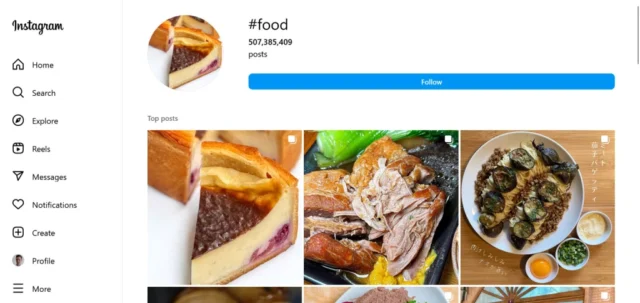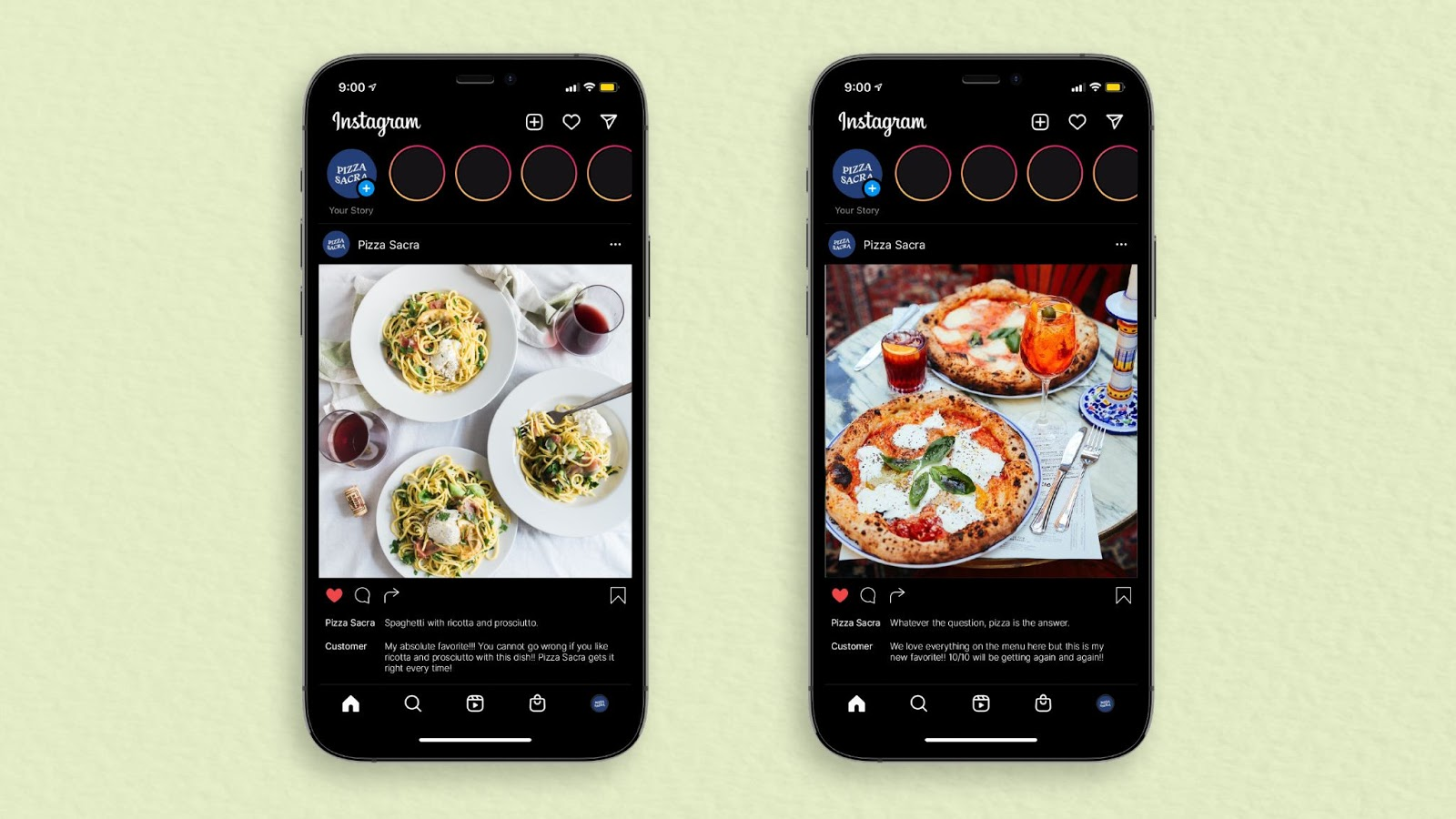In the digital age, having a vibrant social media presence is crucial for restaurants looking to engage with customers, showcase their dishes, and attract new patrons. One effective way to encourage social sharing and enhance your online visibility is by integrating social media sharing buttons on your restaurant website. Here’s a step-by-step guide on how to do it.

1. Choose the Right Social Media Platforms
Before adding social media buttons, consider which platforms are most relevant to your restaurant. Popular choices include:
- Facebook: Great for sharing updates, photos, and events.
- Instagram: Perfect for sharing high-quality images of your dishes.
- Twitter: Useful for quick updates and engaging with customers.
- Pinterest: Ideal for food photography and recipes.
- LinkedIn: Suitable for sharing restaurant news and achievements.
Choose the platforms that align with your marketing strategy and where your target audience is most active.
2. Select a Plugin or Widget
If you’re using a content management system (CMS) like WordPress, integrating social media buttons can be as simple as installing a plugin. Here are a few popular options:
- Social Media Share Buttons & Social Sharing Icons: A versatile plugin that allows customization of button styles and placement.
- Sassy Social Share: Offers various button designs and the ability to choose which platforms to include.
- AddToAny Share Buttons: Provides floating share buttons that follow users as they scroll, ensuring they’re always accessible.
For other website builders, check if they have built-in options for social sharing buttons.
3. Add the Sharing Buttons Manually
If you prefer to add social media sharing buttons manually or if your website doesn’t support plugins, you can use HTML code. Here’s a basic example for a Facebook and Twitter share button:
<a href="https://www.facebook.com/sharer/sharer.php?u=YOUR_URL" target="_blank">
<img src="facebook-icon.png" alt="Share on Facebook">
</a>
<a href="https://twitter.com/intent/tweet?url=YOUR_URL&text=YOUR_TEXT" target="_blank">
<img src="twitter-icon.png" alt="Share on Twitter">
</a>
Replace YOUR_URL with the URL of your restaurant page, and YOUR_TEXT with a custom message.
4. Choose Button Styles and Placement
The design and placement of your social media buttons are crucial for attracting clicks. Here are some tips:
- Visibility: Place buttons in prominent locations, such as the header, footer, or alongside your blog posts and menu items.
- Size: Ensure the buttons are large enough to be easily clickable, especially on mobile devices.
- Color and Design: Use colors and styles that match your restaurant’s branding while ensuring they stand out to catch the eye of visitors.
5. Encourage Sharing with Call-to-Actions
To maximize the effectiveness of your social media buttons, consider adding call-to-action (CTA) prompts that encourage sharing. For example:
- “Love our food? Share your experience!”
- “Help us spread the word—share this dish on your favorite social platform!”
- “Tag us in your posts and use #YourRestaurantName for a chance to be featured!”
These CTAs can be placed near the buttons or integrated into your content to inspire customers to share their dining experiences.
6. Track Engagement with Analytics
After integrating social media sharing buttons, it’s essential to track their performance to gauge their effectiveness. Use tools like Google Analytics to monitor traffic sources and see how social media sharing impacts your website visits. Look for:
- The number of shares on each platform.
- Traffic coming from social media.
- Engagement metrics (e.g., bounce rates, time on site) of visitors coming from social channels.
7. Promote User-Generated Content
Encourage your customers to share their dining experiences by featuring user-generated content on your website. This can be done by:
- Creating a gallery or section on your site dedicated to photos shared by customers.
- Running social media contests where customers can post pictures for a chance to win a gift card or a free meal.
- Regularly reposting and acknowledging customer posts on your restaurant’s social media accounts.
Conclusion
Integrating social media sharing buttons on your restaurant website is a simple yet powerful way to enhance your online presence and encourage customer engagement. By choosing the right platforms, using effective plugins or custom code, and promoting sharing through CTAs, you can create an inviting environment for customers to connect with your brand. Track your efforts, adapt as needed, and watch as your restaurant thrives in the digital space!


No responses yet